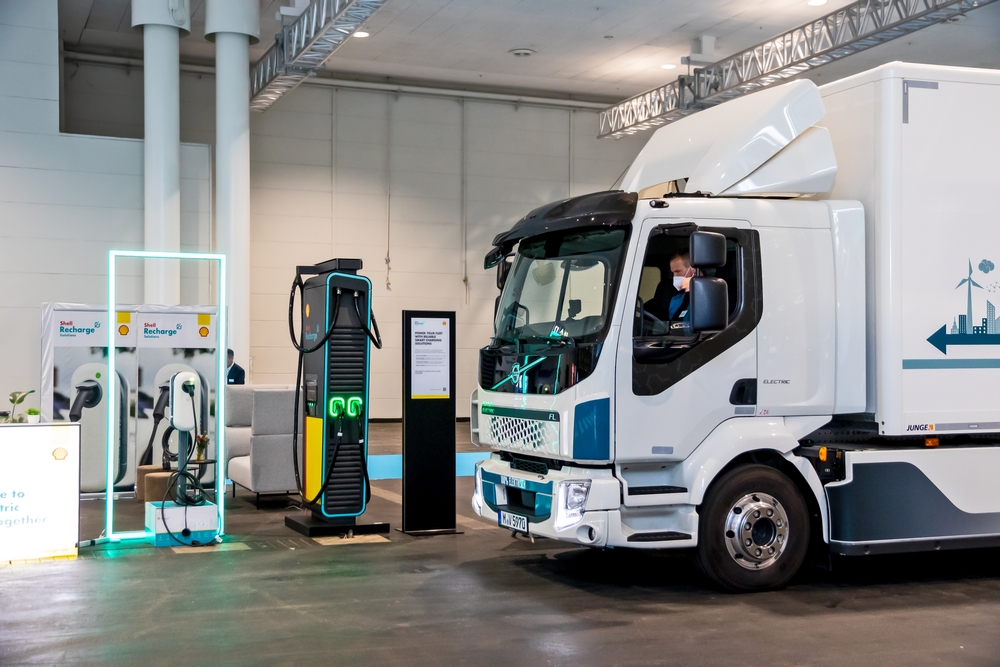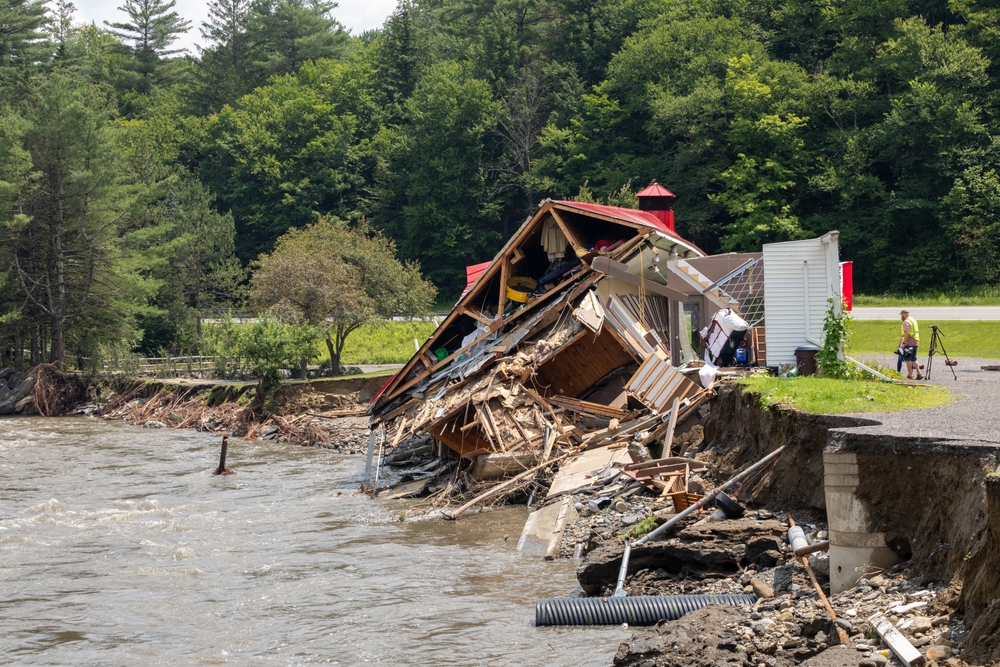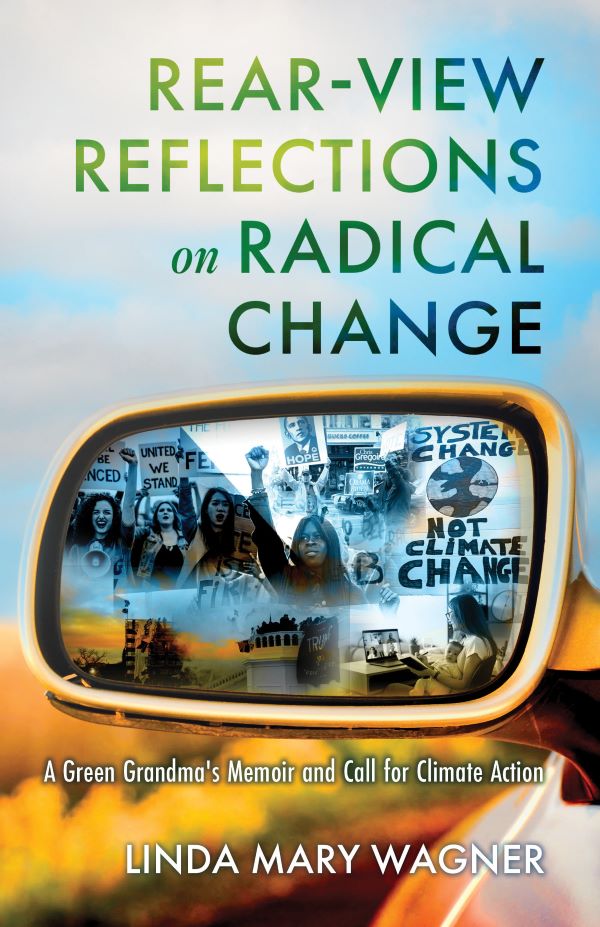At this time of international conflict when so many of us are on edge, I want to share hope by spotlighting a few climate solutions.
If Mary has a little lamb, she may want to have that critter mow her lawn, according to a recent article in the Washington Post, “The surprising benefits of switching to ‘lamb mowers’.” The dramatic increase in wildfires in Europe and California has prompted many communities to send sheep and goats into fields to control underbrush and mitigate burn risks. This wildfire-prevention solution is seen as sustainable and cost-effective.

Electric trucks are rolling along the roads of California, according to a July report in LAist. A driver of a Volvo big rig tells the reporter that driving electric is more pleasant than diesel trucks, with no fumes and less heat getting into the cab and a quiet ride with less vibration. The driver acknowledged that it took some adjustment, because the electric trucks “are longer, the torque is more powerful, and there are no familiar sounds, such as gears shifting or the turbo kicking in.” The route covered in the story is a “last-mile” delivery of less than 120 miles, making it feasible to make the trip on a single EV charge given today’s technology. While it hasn’t been an easy switch given the need for charging infrastructure, the driver’s company expects its focus on an electric fleet will result in lower costs for fuel and maintenance over time.
The National Academies of Science, Engineering, and Medicine issued a report in October that offers dozens of paths to reach net zero carbon emissions, including rethinking our natural gas infrastructure. The Academies urge local governments to ban the construction of new gas lines in communities that are not already served by natural gas. Other priorities in the report include strengthening the U.S. electrical grid, requiring disclosure of standardized data on carbon emissions from companies, funding and increasing job training for a net-zero economy, making carbon targets for the industrial sector more stringent, and planning for transition of the current fossil fuel sector.

A May report from PBS explained, How Planting Grasslands Fights Climate Change. The superpower of grassland species comes from their deep roots that build an underground ecosystem of microbes and release chemicals that improve the soil’s ability to store carbon. “There are studies that show that the chemicals that come from grassland roots actually stay in the soil up to centuries, unlike leaf litter. So they’re working to sequester carbon for centuries,” explained Tara Mei from Extra Terrestrial Projects. This nonprofit takes lessons from indigenous people who managed the land in North Carolina for centuries. Planting coneflowers, milkweed, asters and other native species in commercial landscaping, roadside areas and residential yards can help mitigate a major component of what’s causing our changing climate: excess atmospheric carbon. Hopefully, this brief roundup of climate solutions can be a hopeful counterbalance to the bad news we see each day.
If more and more humans keep their focus on battling climate change instead of each other, we may find our way out of the crisis that burning fossil fuels and the resulting greenhouse gases has produced on our earthly home.










